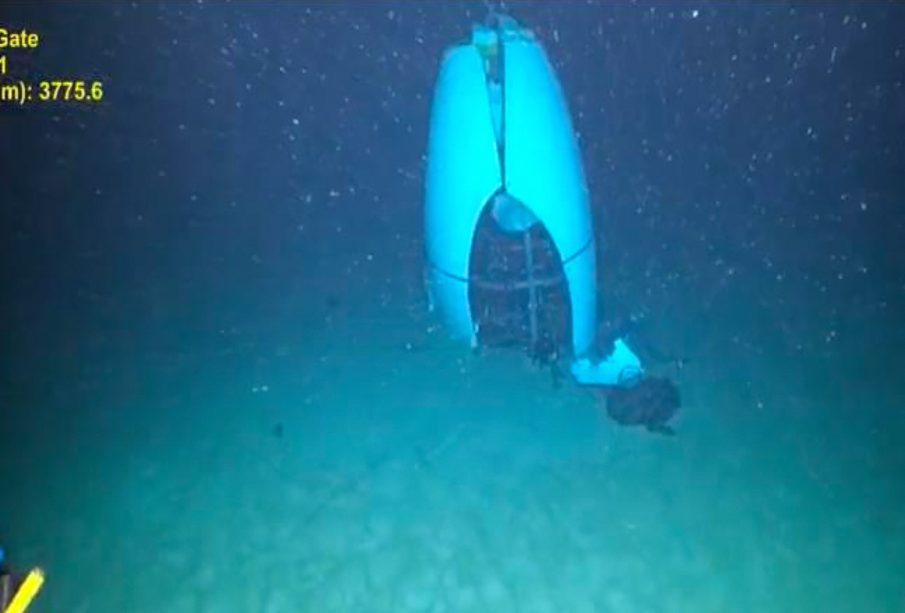Understanding the Titan Submersible Implosion Incident

Introduction
The disaster involving the Titan submersible has drawn significant attention across the globe, highlighting the inherent dangers of deep-sea exploration. On June 18, 2023, the Titan, operated by OceanGate Expeditions, imploded during its descent towards the Titanic wreck site, resulting in the tragic loss of all five passengers on board. This incident underscores crucial concerns regarding the safety protocols and engineering practices in the burgeoning commercial submersible industry.
The Incident: Details and Analysis
On that fateful day, the Titan launched from a Canadian research vessel, embarking on a mission to explore the wreckage of the Titanic, which lies approximately 12,500 feet below the ocean’s surface. After losing communication shortly after departure, a comprehensive search effort was initiated, invoking next-generation technology and international cooperation.
Approximately 80 hours after the Titan began its descent, debris from the submersible was discovered by remote-operated vehicles on the ocean floor, confirming the tragedy. Investigations revealed that the Titan had faced numerous structural concerns prior to its implosion, including issues related to material fatigue and design flaws. Experts have emphasized the importance of rigorous testing and adherence to regulatory standards to prevent future tragedies.
Implications for Deep-Sea Exploration
The Titan implosion has provoked a wider discussion regarding the safety and regulation of commercial submersibles. While deep-sea tourism is an emerging sector, the incident serves as a stark reminder of its potential risks. The International Marine Organization (IMO) is now under pressure to enhance standard regulations governing deep-sea exploration activities.
Additionally, the loss of lives has led to increased scrutiny over equipment and safety protocols within the industry. Experts are calling for greater transparency and accountability among companies involved in the construction and operation of submersibles. Enhancements in technology should be paired with a commitment to ensuring passenger safety.
Conclusion
The Titan submersible implosion has marked a pivotal moment in understanding the risks associated with deep-sea exploration. As regulatory bodies and the industry analyze the findings from ongoing investigations, it is hoped that comprehensive reforms can be instituted. The establishment of stringent safety measures will be essential in rebuilding public confidence and ensuring that deep-sea tourism can develop within a framework of safety and accountability. This incident, while tragic, may ultimately serve as a catalyst for much-needed change in the commercial submersible sector, prioritizing the lives of those who pursue the wonders beneath the waves.









